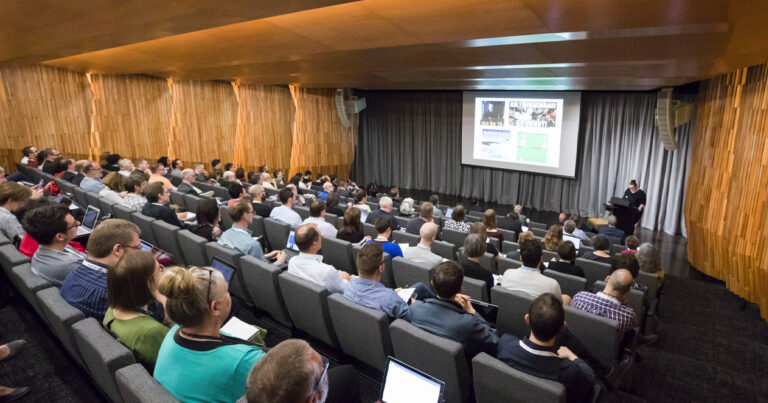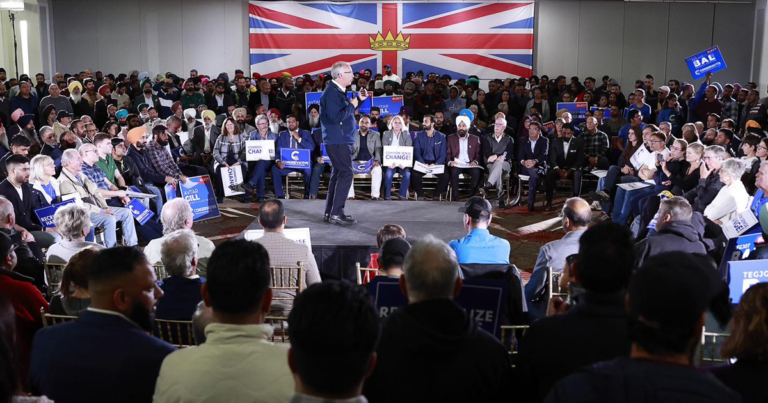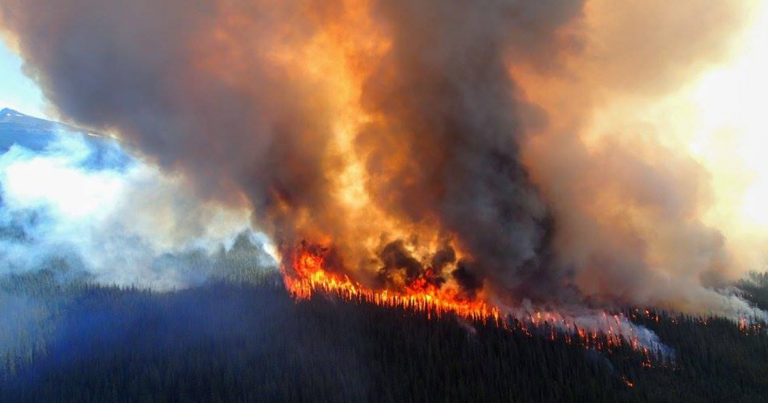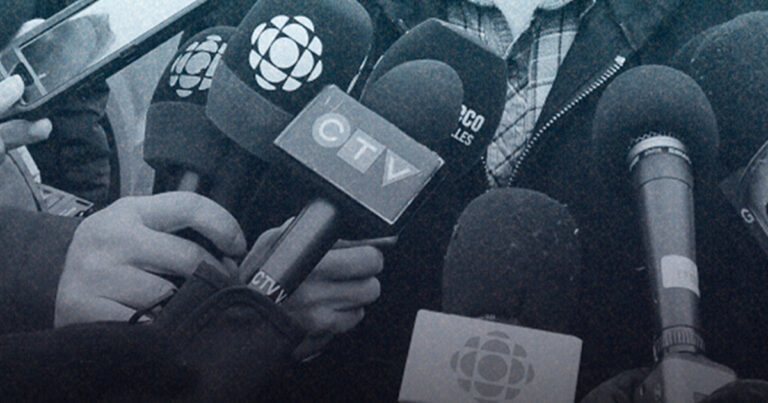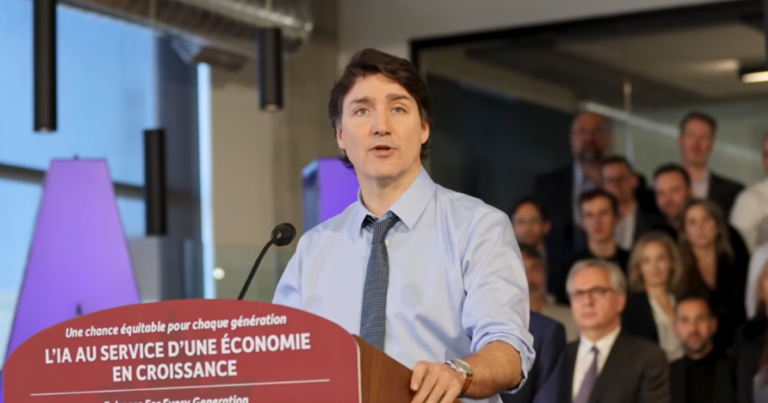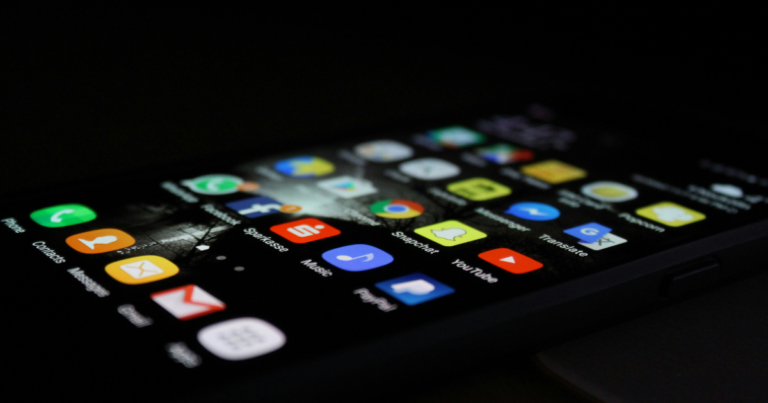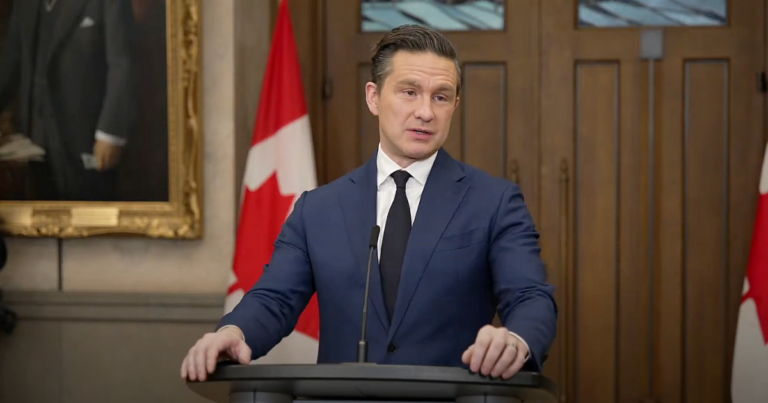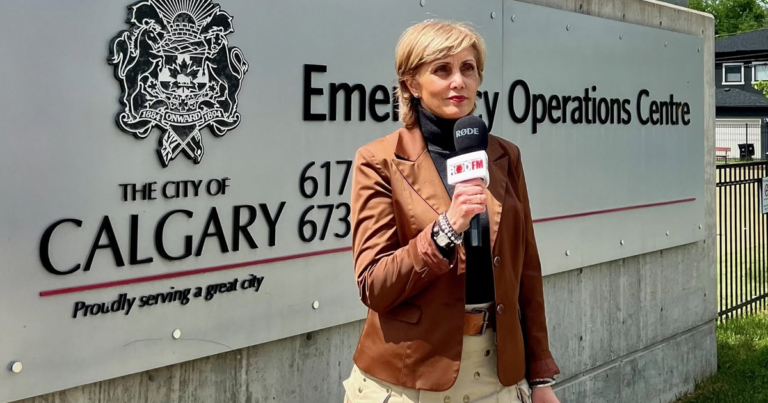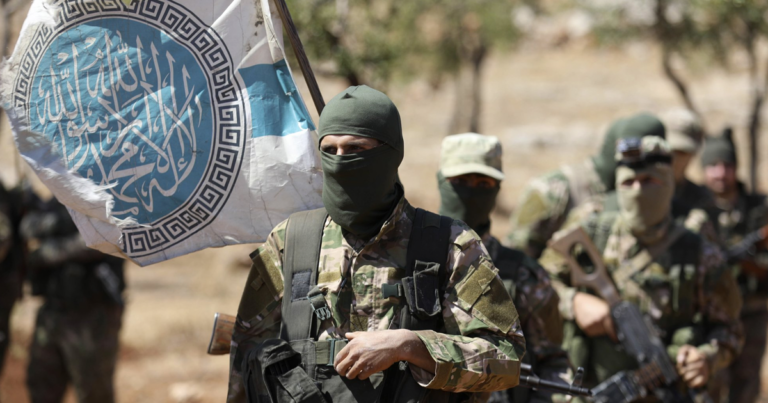As the year comes to an end, Canadians can look back on several times when Canadian institutions tried to normalize racial discrimination in the pursuit of “social justice.”
1. Race-based hiring and new student acceptance In Canadian universities

Institutions have been setting quotas on diversity hires for years now. This year, several Canadian universities openly declared that they would be hiring teachers and accepting new students based on the colour of their skin, all in the name of “equity.”
In January, the University of British Columbia and the University of Victoria mandated that new professor hires be black. For UBC, it wasn’t enough to just be a “black scholar”; new hires also had to prove that they committed to the principles of diversity, equity, inclusion and decolonization.
Toronto Metropolitan University’s new medical school was intent on barring “non-equity deserving groups” from three-quarters of the available student positions at the school. Its 2025 intake program stated that 75% of the 94 available seats that the program offered would be taken from the school’s Indigenous, Black or other “equity-deserving” admissions pathways.
The rest of the admissions had to score a minimum 3.3 grade point average to be considered. However, applicants going through the DEI streams could write an essay about how their “equity deserving” identity prevented them from achieving the standard.
After pressure from Ontario Premier Doug Ford, TMU walked back its planned DEI quotas.
2. B.C chief librarian brags about refusing to look at résumés and applications of white people

The chief librarian at Burnaby Public Library in British Columbia, Beth Davis, boasted that the library rejected résumés from white candidates and interviewed only non-white candidates.
If you thought, “How is that legal?” you are right. It usually isn’t. The Human Rights Code of B.C. bans discrimination against individuals based on “race, colour or ancestry,” but the Burnaby Public Library received a five-year exemption to violate what otherwise would be considered a human right.
3. Ottawa race-based tree planting program

Ottawa’s climate change and forestry officials called on Ottawa city council to do a race-based “Tree Equity analysis” to ensure that trees were planted in neighbourhoods with high numbers of racial minorities.
The “Tree Equity Score,” a proposed method for determining what neighbourhoods deserved new trees planted, took into account the race, age, language, employment, health and income of residents in an area.
The method was to determine which neighbourhoods were of higher and lower priority for the tree planting program.
4. Racial justice roadmap recommends halting arrests and releasing prisoners based on race

The Liberal government’s “Black Justice Strategy” presents a roadmap which advocates for a 50% reduction in the amount of black and Indigenous people incarcerated in Canada by 2034.
The plan is an attempt to reduce the problem of “over-representation” of black and Indigenous people in prisons. To do this, it recommends not only the release of black and Indigenous people in custody but also reducing the number of Canadians from these communities being imprisoned to begin with.
Federal Justice Minister Arif Virani championed the plan, calling it a “history-making report” and “an important milestone in developing Canada’s Black Justice Strategy.”
5. Green Party “environmental racism” bill preventing energy development in “racialized” areas

The “environmental racism law” championed by Green Party leader Elizabeth May received royal assent in June. It classifies environmental hazards being built near Indigenous or marginalized communities as “environmental racism.”
The law, previously Bill C-226, prescribes a bureaucracy to analyze the racial demographics around polluting industries, reparations to be paid for any racialized community affected by pollution and effectively limits new polluting industrial buildings only to be developed in predominantly white areas.
Honourable mention: race-based ticket pricing for Montreal family dance

A “family-friendly” dance in Montreal was planning to charge different admission prices to attendees based on their skin colour. The Shake La Cabane FAM-JAM was scheduled at the La Cabane community centre in early December. Organizers charged $25.83 for white people but only $15.18 for black, Indigenous or people of colour.
